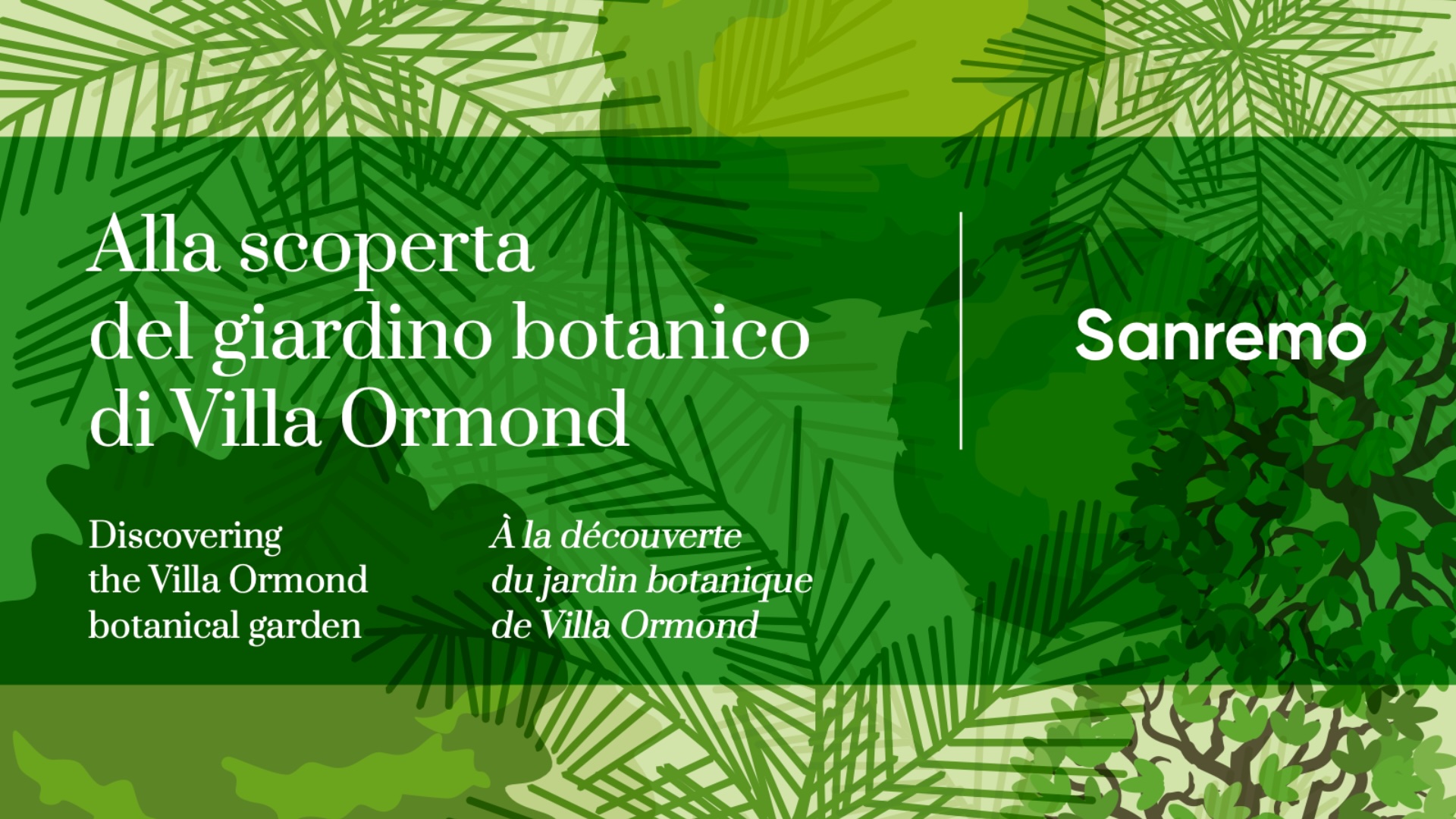| Etymology | The genus Howea is named after Lord Howe Island (Australia) the place of origin of the palm. The specific epithet forsteriana is in honour of William Forster, a Senator from New South Wales. |
| Common Name |
Kentia |
| Origin | This palm is native to the Lord Howe Islands in the South Pacific, where it grows in dense colonies close to the sea, but also spreads along the slopes of volcanic ridges. Introduced to Europe in 1868 through a seed shipment by the director of the Sydney Botanic Garden. |
| Description | An elegant palm, it prefers places that tend to be shady and can grow to more than 10 meters (33 feet); slender but stout, deep green, smooth stipe marked by the regular annelids left by the scars of old fallen leaves. Leaves are pinnate and elegantly arcuate about 3 m long, with dark green, drooping pinnules up to 70 cm long. It is a monoecious species with inflorescences formed by 3-7 spikes branching from a broad, short peduncle, on which flowers of both sexes are arranged. The inflorescences are received in spadices that develop at the leaf insertion. The summer bloom then produces ellipsoid, woody, 3-4 cm long, highly decorative fruits that fade from greenish yellow to coral red and take several years to ripen. For this reason we can find on the same palm simultaneously inflorescences and infructescence’s at different stages. Kentia has been the preferred palm for ornamenting the apartments and living rooms of Europe and the USA since the mid-19th century. High nursery demand fuelled a large international market for seed sales. In the gardens of Villa Ormond, the first specimens of H. forsteriana were planted in the 1950s, but the plants did not survive the winter of 1985. The Palms present today are later introductions, which started in 1990. |
2 September 2024

